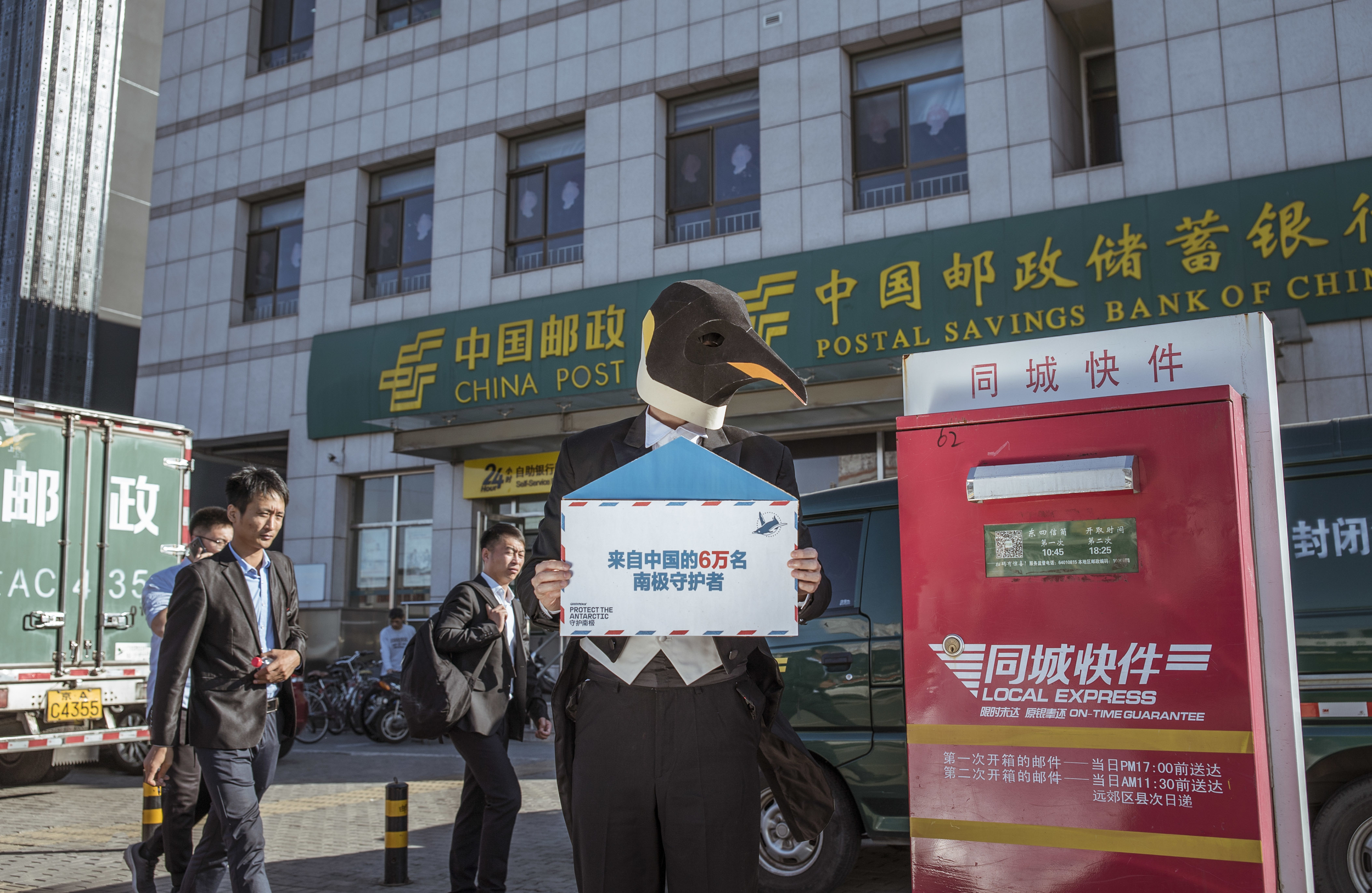“The findings show that the government’s measures to curb air pollution in eastern China’s key regions work”, said Greenpeace East Asia climate and energy campaigner Dong Liansai, “But now is not the time to selectively implement these policies. They must be introduced across the country to ensure clean air for all.”
The average PM2.5 concentration for the 362 cities recorded in the first quarter of 2016 was 60.7ug/m3, a fall of 8.8% compared to the first quarter of 2015. Beijing and Shanghai saw average concentration fall by 27% and 12% respectively. A total of 85.6% of ranked cities still fail to meet China’s national air quality standard of 35ug/m3, however. None of the cities met the WHO standard of 10ug/m3.
Concentrations of PM2.5 in eastern China’s three key regions have fallen rapidly as a result of the government’s stringent ‘Action Plan for Air Pollution Prevention and Control’, introduced in 2013. At the same time, however, 91 of 355 cities saw average PM2.5 levels increase. 69 of these cities are located in central and western provinces and saw an average increase of 20.1%. The five cities with the highest concentrations of PM2.5 in the first quarter of 2016 are all located in western China’s Xinjiang Uyghur Autonomous Region.
Moreover, a rise in coal fired power plant investment in central and western areas, specifically because their air pollution and emissions regulations are more lax, could see PM2.5 concentration rise further in the region. Greenpeace statistics show that in 2015, 75% of all Environmental Impact Assessment permits for coal fired power plants were located in central and western China.
In order to tackle air pollution across the country, Greenpeace urges the Chinese government to introduce a national coal consumption cap in the upcoming 13th Five Year Plan for Energy Development. The government should also re-address and strengthen air quality targets based on the result of the mid-term review of the ‘Action Plan for Air Pollution Prevention and Control’.
Notes to editor:
[1] China’s three key regions include Beijing-Tianjin-Hebei (also known as Jing-Jin-Ji), the Yangtze River Delta and The Pearl River Delta.
Media briefing included full rankings list can be viewed here.
Media contact:
Tom Baxter,
International Communications Officer, Greenpeace East Asia,
email: [email protected]
phone: +86 188 1134 4861
Greenpeace International Press Desk
email: [email protected],
phone: +31 (0) 20 718 2470 (available 24 hours)



